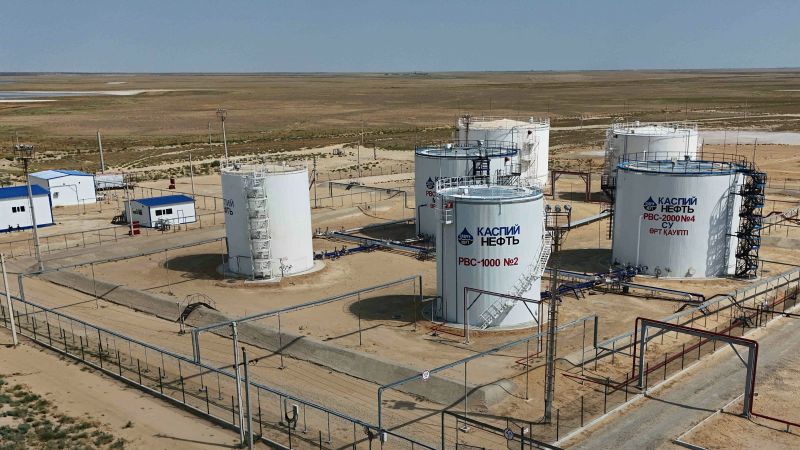The Organization of the Petroleum Exporting Countries (OPEC) and its allies, known as OPEC+, announced on Thursday that they are extending oil production cuts as crude and fuel prices continue to decline. The member countries will continue their production cuts of 2.2 million barrels per day through November, with plans to gradually phase out the cuts starting in December until November 2025. This move is aimed at boosting crude prices in the global market and stabilizing the oil industry.
This extension of output cuts is not the first time OPEC+ has taken such a step to support oil prices. In June, the coalition extended the 2.2 million barrels per day cut until the end of September. Additionally, in April 2023, OPEC+ announced a cut of 1.65 million barrels per day, which was extended until the end of 2025. Despite these efforts, oil prices initially rose but settled slightly lower on Thursday, with West Texas Intermediate crude futures closing at $69.15 per barrel, and Brent crude futures settling at $72.69 per barrel.
Oil prices have faced pressure this year due to various factors, including continued output cuts, geopolitical tensions in the Middle East, and concerns about weakening demand in China, the largest oil importer globally. Additionally, record output from the United States has contributed to the decline in oil prices, with US oil dropping below $70 a barrel for the first time since December 2023. These market dynamics have underscored the challenges facing OPEC+ in managing supply levels to support prices.
OPEC+ has been implementing output restraints for about two years to prevent a significant supply surplus that could negatively impact prices and harm the economies of its member states. However, in June, the International Energy Agency (IEA) warned that the coalition’s influence over oil prices could be weakened as a glut of oil supply could surpass demand by 8 million barrels per day by 2023. This forecast has raised concerns about the effectiveness of OPEC+’s production cuts in balancing the market and supporting prices.
Despite the challenges in the oil market, the IEA has maintained its projections for global oil demand growth. The agency expects global oil demand to increase by 970,000 barrels per day in 2024, a slight uptick from its previous forecast of 960,000 barrels per day. Earlier in the year, the IEA had projected demand growth of 1.1 million barrels per day, highlighting the uncertainties and revisions in oil demand forecasts. These developments underscore the complex dynamics influencing global oil markets and the efforts of OPEC+ to navigate these challenges to support the industry.













